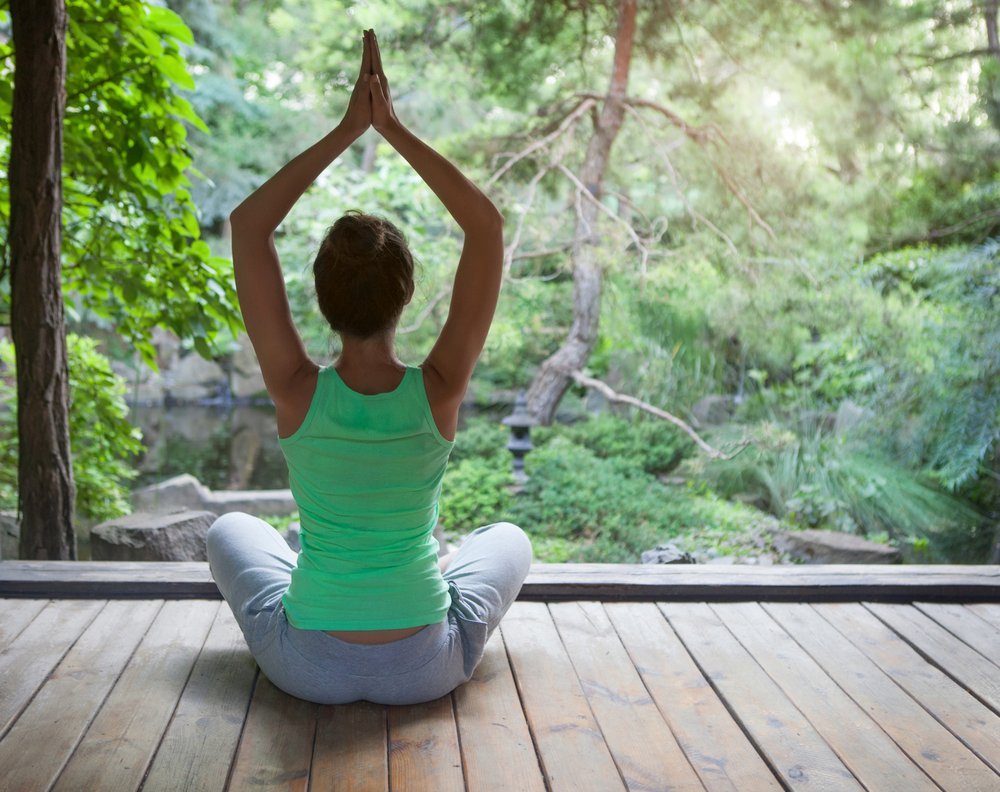
A SIMPLE GUIDE TO THE EIGHT LIMBS OF YOGA
This is an excerpt from my new book YogaBellies for Pregnancy, available for purchase on epub, Amazon and Kindle later this year.
The eight limbs of yoga are the basis of all ‘Hatha Raja’ yoga. Hatha refers to all physical yoga that you practice on your mat, and there is a tendency to call all ‘general’ yoga classes, hatha yoga. I have provided a super simple guide to the eight limbs of yoga, as they could apply in pregnancy.
Raja yoga, is the yoga of the mind, and without this, yoga postures are just another exercise routine. So when we practice yoga, we should always aim to connect, or find union within, our body with our mind. We should try to become fully aware of our physical movements and sensations in the body (especially in pregnancy,) and also of the fluctuations of the mind. By bringing our attention to the breath (Pranayama,) we can calm and soothe the mind, and we will ultimately see benefits to the physical body also.
So what are the Eight Limbs?
Yamas: The Don’ts
These are the things we shouldn’t do, such as don’t steal or lie or harm things. The aim of the Yamas is to reduce suffering. This could avoiding those fatty foods in pregnancy or snapping at people because we are tired.
Niyamas: The Do’s
These are things personal to you, like contentment and looking within for answers. These are actions and attitudes we should adopt to reduce suffering for us and those around us. In pregnancy, this could refer to the good things that we can do for our body and our baby, such as practising yoga.
Asanas: Body postures (the yoga that everyone sees!) This limb refers to the act of actually getting on the mat. This is only one of eight limbs, a tiny part of your entire yoga practice! A very important part though and you should aim to practice pregnancy yoga at least three times a week if you can.
Pranayama: Yogic breathing exercises, and the control of Prana (energy.) Pranayama can help cool you, calm you down and help you sleep during pregnancy.
Pratyahara: Control of the senses or withdrawing from the things around (our senses) us, so that we can look inside ourselves for answers and get to know our true selves. It means not always having to react to the crazy world around us. For example, if someone is being bitchy, it could mean being aware of what they are doing but not allowing it to upset you and understanding that they have their own reasons for being a bitch, which are probably unrelated to you. Don’t allow it to impact of affect your life.
Dharana: Concentration. This is when we become able to clear the mind to focus on one thing at a time. Try focusing completely on washing the dishes (yes seriously!) It’s very, very calming and can help you relax. Now that you are no longer affected by outside influences, you are able to bring your attention to focusing on just one thing at a time.
Dhyana: This is meditation or complete absorption on the object being focused on, or moving beyond the mind. This is perfect contemplation. This is where we can recognise the ‘monkey mind’ or chatter in our heads, acknowledge it and move past it. We don’t need to listen to every little voice that goes running through our head, we are not our thoughts. DHyana allows us to see things clearly and perceive reality beyond the every day nonsense that distracts us.
Samadhi: This is what every yogi aspires towards and few reach. It is important to remember that yoga is not goal orientated and it’s very much about ‘enjoying the journey.’ Samadhi, is complete bliss where the mind reaches a state of supreme consciousness. Sometimes we touch upon Samadhi while going about our business…and then we lose it – but just touching it feels lovely 🙂 Samadhi is true yoga or ‘union.’

0 Responses on An Easy Guide to the Eight Limbs of Yoga"